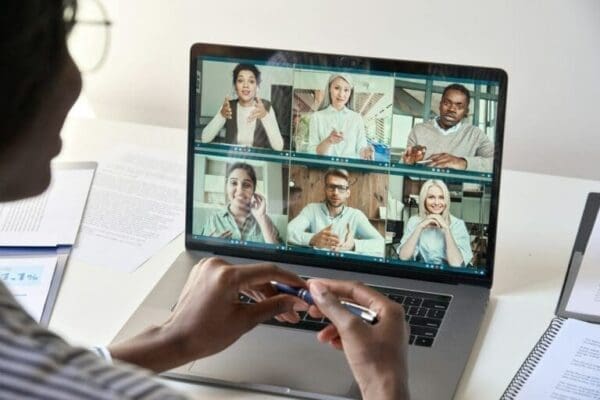
Unlocking Engagement in the Zombie Stamp Era
An A4 page, a Post-it Note and a large Stamp go into a bar, I mean a Teams Meeting… Which…
Please scroll down to find the article/content you are most interested in. Use the search facility in the top right to narrow your search.








